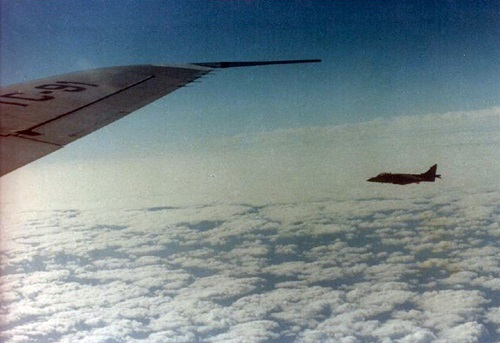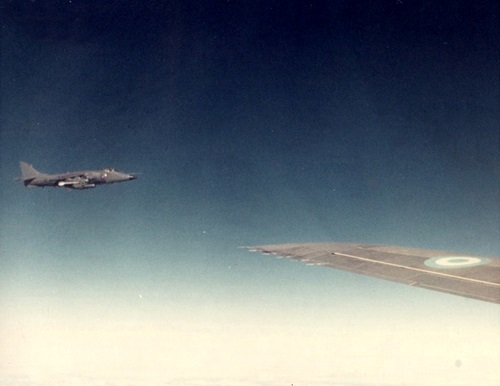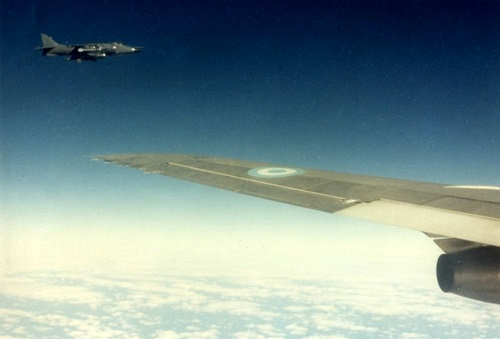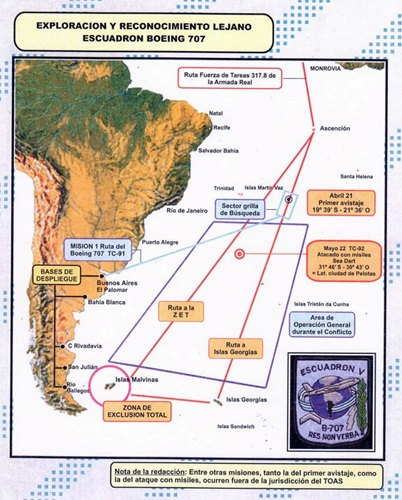As for the Mirage IV reconnaissance flight, it was Operation Tobus in 1986. Hell of a freakkin' trip.
You know what ? France has a small advantage when making that variant of Black Buck. The Etendard IV standing on Foch deck off the Falklands have a (small, admittedly) aerial refueling capability... buddy-buddy ! Could be useful, even if for a Mirage IV, it is probably peanuts.
Dear Gosh... Black buck (Daim noir !) raid by Mirage IVs from French Guyana to Falklands and back, supported by C-135FR and... buddy-buddy Etendard IVs.
ROTFL.

 spotaero-blogspot-com.translate.goog
spotaero-blogspot-com.translate.goog
11 hours of flight including 30 minutes of supersonic, 10,000 km covered, 48 tonnes of fuel transferred in 12 RVTs, there were 4 C-135s in flight for this mission.
You know what ? France has a small advantage when making that variant of Black Buck. The Etendard IV standing on Foch deck off the Falklands have a (small, admittedly) aerial refueling capability... buddy-buddy ! Could be useful, even if for a Mirage IV, it is probably peanuts.
Dear Gosh... Black buck (Daim noir !) raid by Mirage IVs from French Guyana to Falklands and back, supported by C-135FR and... buddy-buddy Etendard IVs.
ROTFL.

Les caractéristiques & équipements du Mirage IV A (partie 3/5)
Les caractéristiques, équipements et livrées du Mirage IV A
In addition to the management of the heating of the fuselage, it is also necessary to manage the flights at high altitudes:
Thus, nearly 10 hours of liquid oxygen are loaded into the nose cone of the device. This is one of the device's endurance limitations (along with engine oil, among other things). The longest mission on mirage IV being the Tobus mission, on February 18, 1986. It was a question of going to photograph the results of the bombardment of the base of Ouadi doum in the north of Chad by the French Jaguars. This mission carried out by the Mirage IV A 31/BD consisted of a take-off from Djibouti, followed by a flight including 12 refuelings, the transfer of 48t of fuel provided by 4 C-135F, it lasted almost 11 hours!
Attachments
Last edited:















